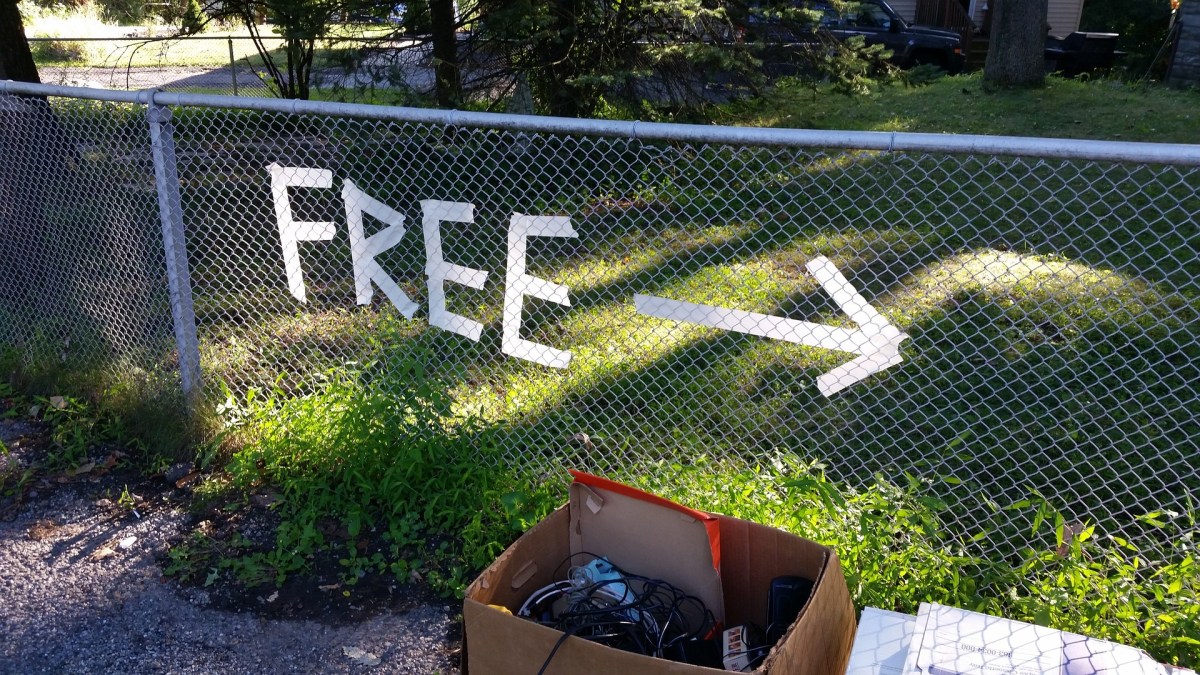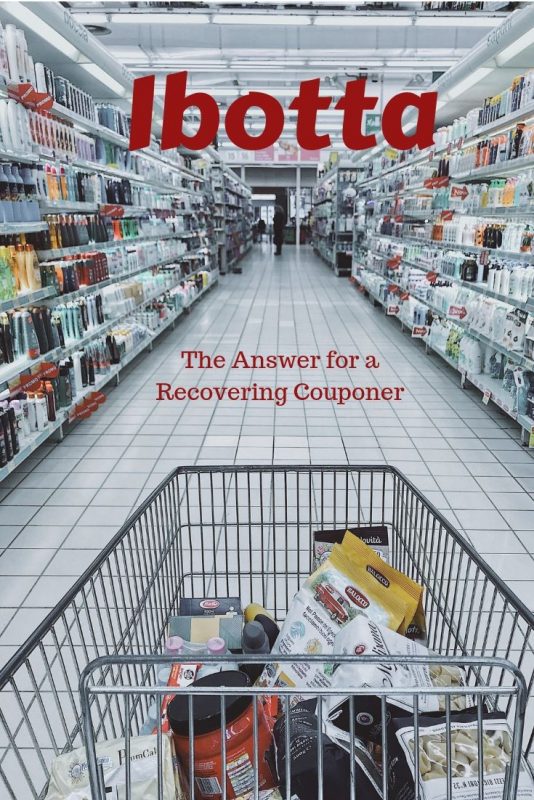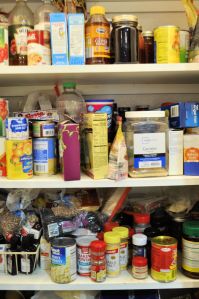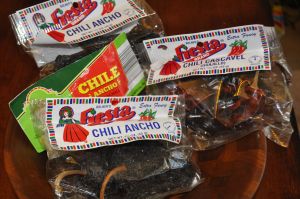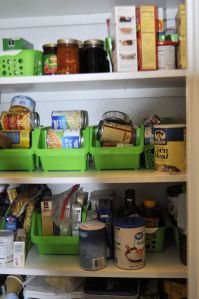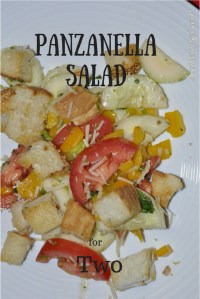Who doesn’t love the thrill of getting something for free? Really, who? I’ll admit that sometimes the hunt for freebies requires more effort than it’s worth but, the thrill of the hunt is priceless.
Online Platforms: Your Virtual Freebie Wonderland
Ever heard of FreeStuffFinder or SampleSource? These websites are your golden ticket to a virtual treasure trove of free goodies. Whether it’s skincare samples, snack packs, or even exclusive access to online courses, these are the places where the magic happens.
The key to success is to check these sites regularly. Trust me, the early bird gets the freebie worm. You wouldn’t want to miss out on the next big thing!
Social Media: Swipe Right for Freebies!
Facebook, X, Instagram – these platforms aren’t just for posting your vacation photos and funny cat videos. Companies love to connect with their customers through social media, and what better way to do that than by giving away free stuff?
Follow your favorite brands on social media. Remember to turn on post notifications and you might just snag some fantastic freebies.
But wait, there’s more! Dive into online communities and groups dedicated to sharing freebie opportunities. It’s like having a team of fellow treasure hunters guiding you to the loot.
Search any of the platforms for “FREE STUFF” and see what happens. There will be groups dedicated to listing free things and posts about where to find free things. And the best part, it will only take moments to find stuff that is free for the asking.
Local Events: When Freebies Come to Your Neighborhood
Who said freebies only exist in the digital realm?
Local events, fairs, and product launches are like the hidden gems of the freebie world. Focus on community bulletin boards and local news for announcements about local offers. Companies love engaging with the community and you might just be the lucky recipient of some exclusive freebies right in your neighborhood.
The next time you’re itching for some freebies, remember to explore these avenues. Whether you’re surfing the web, scrolling through social media, or enjoying a local event, freebies are waiting to be discovered.
Happy hunting, and may the freebies be ever in your favor!

